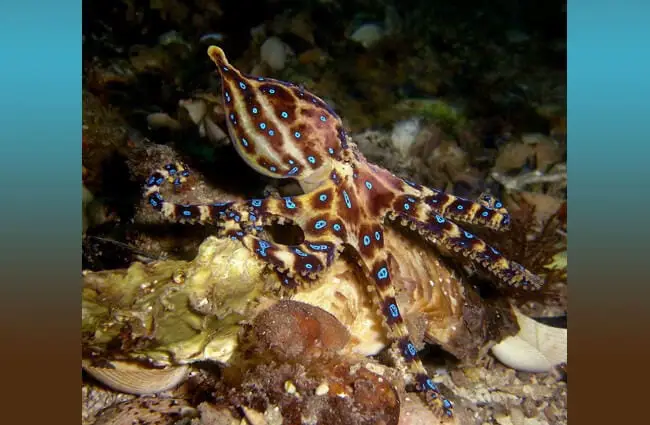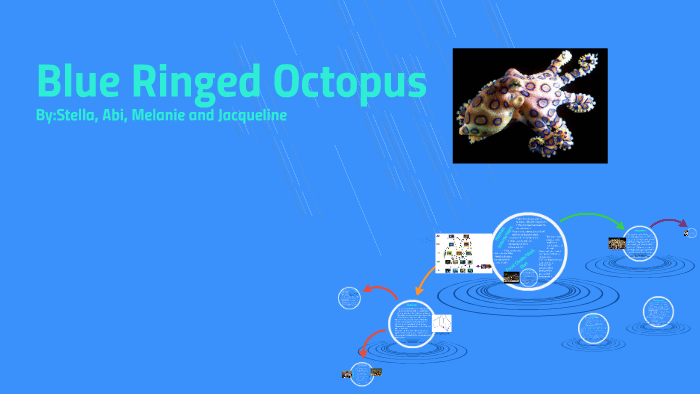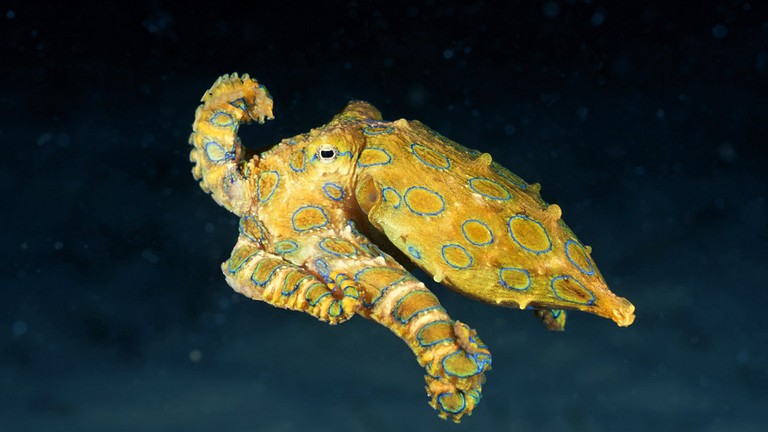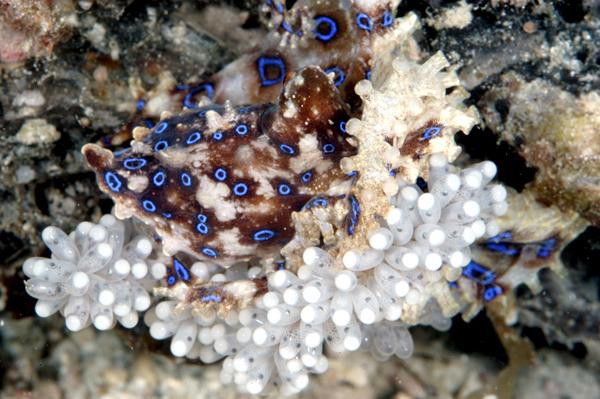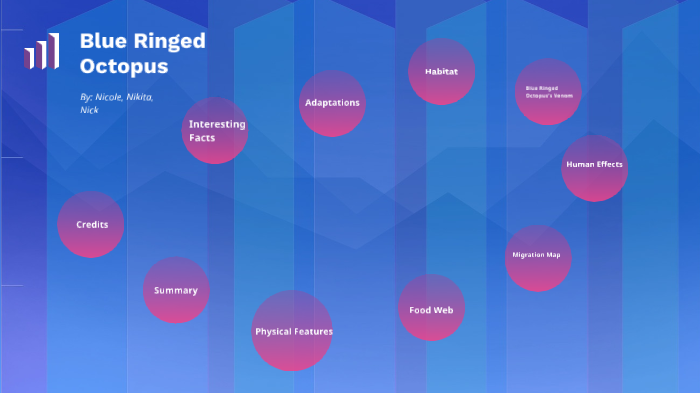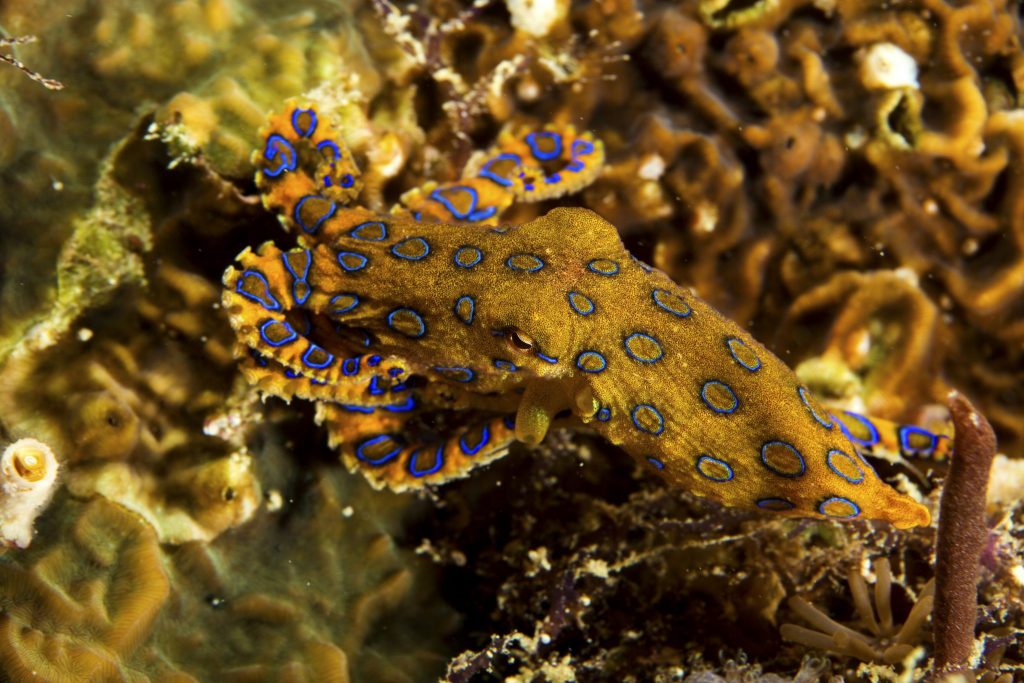Blue Ringed Octopus Food Chain

Each blue ringed octopus holds enough of this deadly venom to kill more than two dozen adults.
Blue ringed octopus food chain. Among artists blue is known as the warmest color but they ve probably never seen a blue ringed octopus outside of a serious drug trip anyway. The blue ringed octopus is a genus called hapalochlaena which was described by a british zoologist named guy coburn robson in 1929 to which four species belong. Some types of birds. For the most part they eat small crabs and shrimp as they are too small to pry open clams or other mollusks.
This is the food chain of the blue ringed octopus. What does a blue ringed octopus eat. Diet of the blue ringed octopus. The majority of its diet is composed of small crustaceans such as shrimp and crabs.
What eats a blue ringed octopus. The second species is hapalochlaena maculosa and is commonly referred as southern blue. This information was difficult to find but here are some things that feed on the blue ringed octopus. As these organisms are effected more up the food chain would be as well.
The blue ringed octopus utilizes a style of hunting that is known as the pouncing technique. They also tend to take advantage of small injured fish if they can catch them. The blue ringed octopus pounces on its prey seizing it with its arms and pulling it towards its mouth. The commonly called great blue ringed octopus has the scientific name hapalochlaena lunulata.
The eel population would suffer as they are one of the only species that are predators for the blue ringed octopus. Phytoplankton gets eaten by zooplankton which gets eaten by a small fish which gets eaten by a shark which dies than is eaten by a crab which is eaten by a blue ringed octopus. They aren t a give away to predators or even to humans the octopus is lurking behind his incredible camouflage armed with one of the most deadly weapons on earth. Most food chains have consumers decomposers and producers.
The blue ringed octopus diet typically consists of small crabs and shrimp. Because these creatures are quite small compared to other octopus and even to other cephalopods their diet is more restricted than their other cousins. Organisms in australian waters that use tetrodotoxin include the blue ringed octopus hapalochlaena spp and the sea slug pleurobranchaea maculata as well as blowfish pufferfish and toadfish family tetraodontidae which includes the genera arothron canthigaster chelonodon contusus feroxodon lagocephalus marilyna omegophora polyspina reicheltia sphoeroides tetractenos tetraodon torquigener tylerius. Shrimp and crab populations would increase with less preying on them.
The blue ringed octopus is a very effective hunter.








